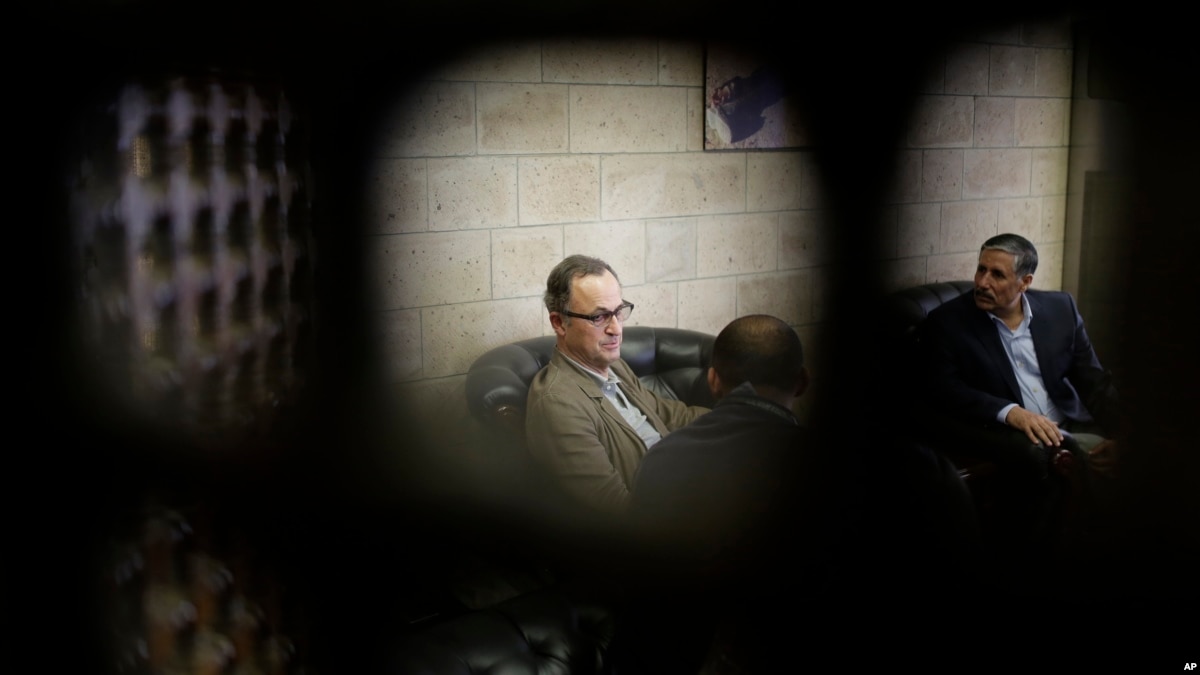
A U.N. team led by a Dutch officer arrived Sunday at Hodeida to monitor a cease-fire that went into force in the Red Sea port city where Yemen's civil war rivals been fighting for months, according to security officials and witnesses.
The team, led by Maj. Gen. Patrick Cammaert, had earlier flown into Sana’a, Yemen's capital, from Aden, the home-in-exile of Yemen's internationally recognized government.
The witnesses and officials said the convoy of the U.N. team arrived in Hodeida amid heavy security provided by the anti-government Shi’ite rebels. Both Hodeida and Sana’a are under rebel control.
A U.N. security team had arrived in Hodeida ahead of the cease-fire monitors to secure housing for them and set up an operations center, according to the officials, who spoke on condition of anonymity because they were not authorized to brief the media.
Cammaert's first task in Hodeida will be to assess the military and security situation on the ground and estimate the number of monitors that will be required in the near future, said the officials. A major security concern, they said, was the protection of the monitors from Islamic militants known to reside in the city.
The arrival of the team in Hodeida follows charges by both sides over the past week that the other was breaching the truce, reached in peace talks held in Sweden earlier this month.
In addition to the cease-fire, the agreement provides for the transfer of control of Hodeida's ports from the rebels, who are known as Houthis, to local administrators and security personnel. Some 70 percent of Yemen's imports come through Hodeida, and the Sweden deal is designed in part to facilitate the arrival of relief supplies to push Yemen back from the brink of famine.
Yemen's four-year conflict pits the internationally recognized government, backed by a coalition led by Saudi Arabia and the United Arab Emirates, against the Houthi rebels who are aligned with Iran.
The fighting has killed tens of thousands of people, and has driven millions to hunger. The U.N. calls it the world's worst humanitarian disaster.
No comments:
Post a Comment